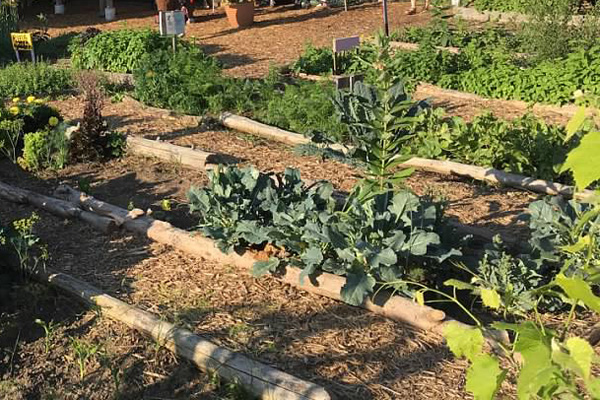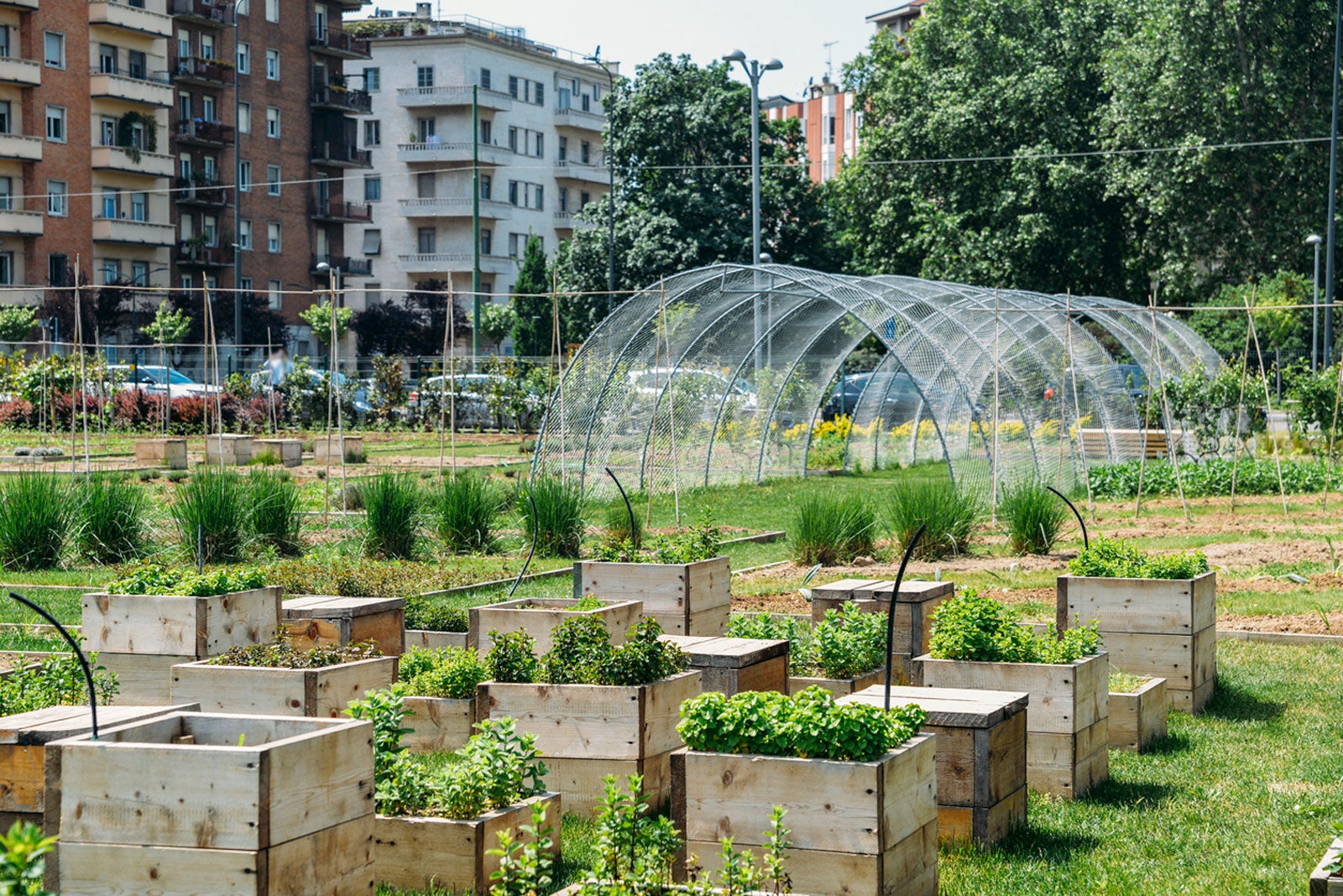Fascination About City Blooming
Fascination About City Blooming
Blog Article
City Blooming Can Be Fun For Everyone
Table of ContentsThe Ultimate Guide To City BloomingThe smart Trick of City Blooming That Nobody is Talking AboutGetting My City Blooming To WorkAn Unbiased View of City BloomingThe Best Guide To City Blooming
Intrigued in expanding food for sale in the City of Chicago? Below is a listing of often asked inquiries concerning the guidelines and guidelines that farmers should think about when intending an urban agriculture project.
The zoning change does not modify any type of other codes managing composting, structure authorizations, buying or leasing City owned building, company licenses or ecological contamination. There are existing codes that control these issues and they continue to be in complete result and might apply to your task. Area gardens are normally owned or taken care of by public entities, public organizations or community-based companies and maintained by volunteers.
Urban ranches expand food that is meant to be sold, either on a nonprofit or for-profit basis. Due to their commercial objective, urban ranches call for a company license.
Unknown Facts About City Blooming
Composting is permitted but only for plant product that is generated and utilized on site. The amount of compost material can not surpass 25 cubic yards at any kind of provided time according to the standards in 7-28-715 of the City's Municipal Code. Yes. Since the dirt at most new yard websites requires amending, garden compost, dirt, wood chips, or other materials can be acquired to create or enhance the growing space - landscaping.

If a building license is called for after that the hoophouse will certainly be considered an accessory structure. You can figure out more regarding the building permit demands by calling the Division of Structures. The 25,000-square-foot dimension limit is planned to stop a single neighborhood garden from controling a given block or diminishing the block's existing household or business personality.
The restriction does not relate to gardens found in Public Open Area (POS) districts. Can there be greater than one neighborhood yard that is 25,000 square feet on a solitary block? Yes. The size restriction uses to specific yards, not to private blocks. No. Fencing is not required, nonetheless, gardens that have huge car parking areas might be required to mount fence or other landscape design attributes.
Getting The City Blooming To Work
B1 & B2 areas call for that all commercial use activities be carried out inside. R areas limit commercial task. The policies show the function and intent of the Zoning Code. Is fencing required for urban farms? Yes. Fences might be needed, along with landscaping and testing, for specific car park locations and exterior job or storage areas depending upon place and the particular task happening.
Urban ranches need structure permits and zoning authorizations prior to building and construction (fruit and vegtables). Various other types of city testimonial may be needed depending on specific frameworks, activities, dimension, landscape design, licensing, public heath and stormwater management concerns.
Yes. The sort of license is established by what is occurring at the website. The Department of Business Matters and Consumer Defense can aid figure out the specific sort of organization license that's required. Yes. Off street auto parking is needed for a lot of industrial tasks in Chicago. The needed variety of car park areas is based on the number of staff members servicing website and not the square video of the growing room.
Not known Details About City Blooming

An urban farm can market compost material produced on website, however, the operation should conform with the laws in 7-28-715 of the Chicago Municipal Code. Aquaponic systems are allowed inside on metropolitan ranches in numerous zoning areas.
As much as five hives or colonies of honey may be maintained as an accessory usage. Beekeepers have to sign up with the Illinois Division of Farming. For more details regarding the proposed zoning modification you may speak to the Division of Real Estate and Economic Advancement, Bureau of Preparation and Zoning at 312.744.8563.
Farming in cities and urban areas A city farm in Chicago. Urban farming refers to various techniques of growing. https://giphy.com/channel/cityblooming, handling, and dispersing food in city locations. The term also uses to the location tasks of animal husbandry, aquaculture, beekeeping, and gardening in a city context. Urban farming is identified from peri-urban farming, which takes location in rural locations beside suburbs.
The smart Trick of City Blooming That Nobody is Discussing
, who look for to create social networks started on a shared values of nature and area holism. These networks can establish by means of official institutional support, coming to be incorporated into local town preparation as a "change community" activity for lasting urban development.
The much more direct accessibility to fresh vegetable, fruit, and meat items that might be become aware via urban agriculture can boost food protection and food safety and security while reducing food miles, causing lower greenhouse gas exhausts, therefore adding to environment adjustment reduction. A few of the first evidence of urban farming comes from Mesopotamia.
Report this page